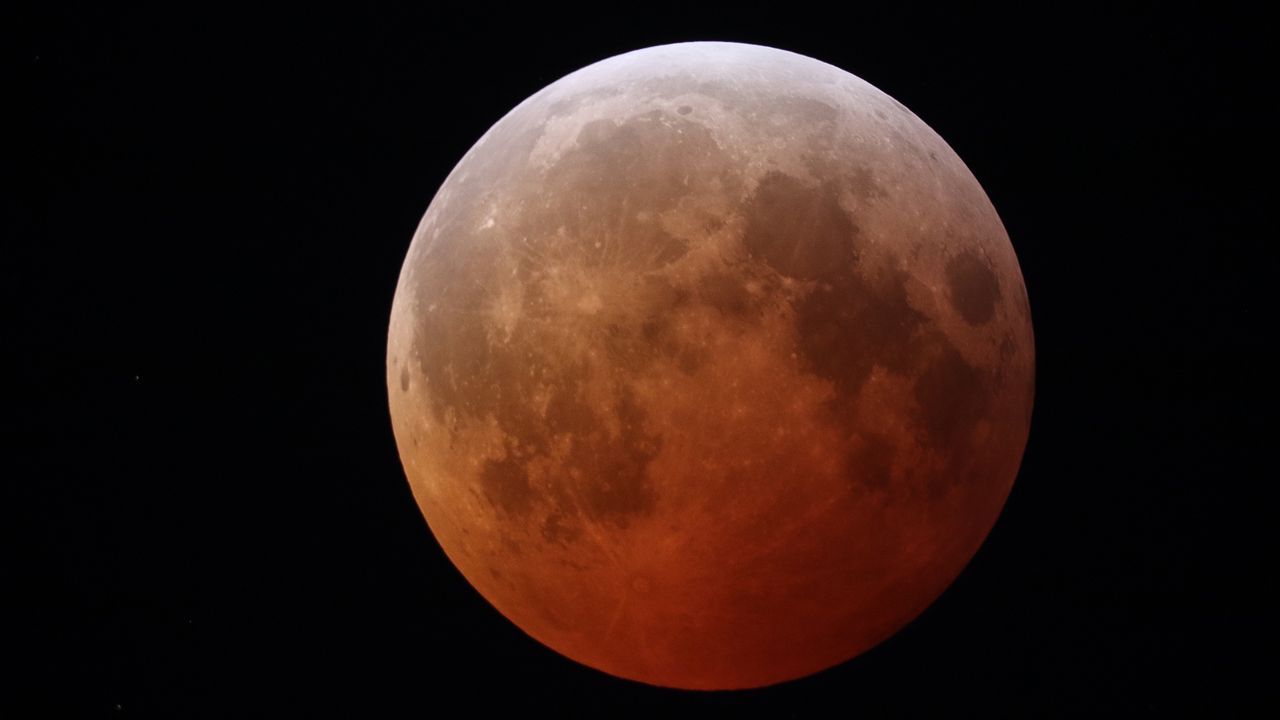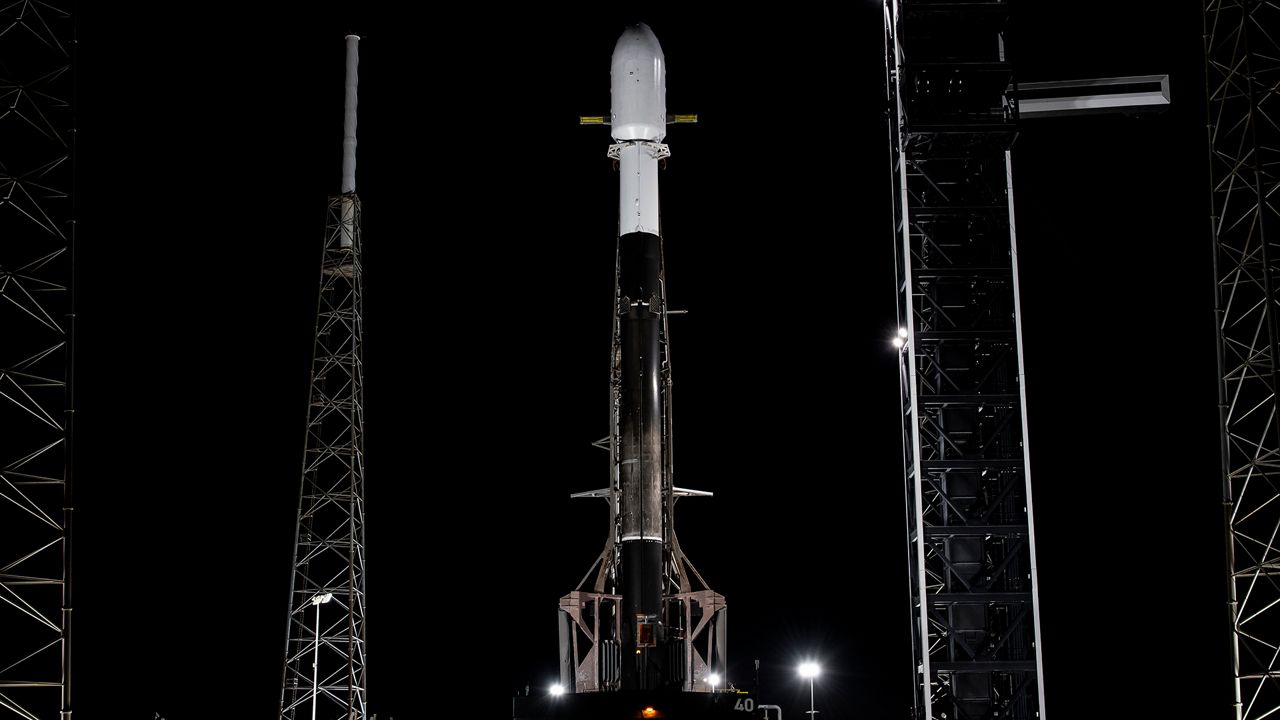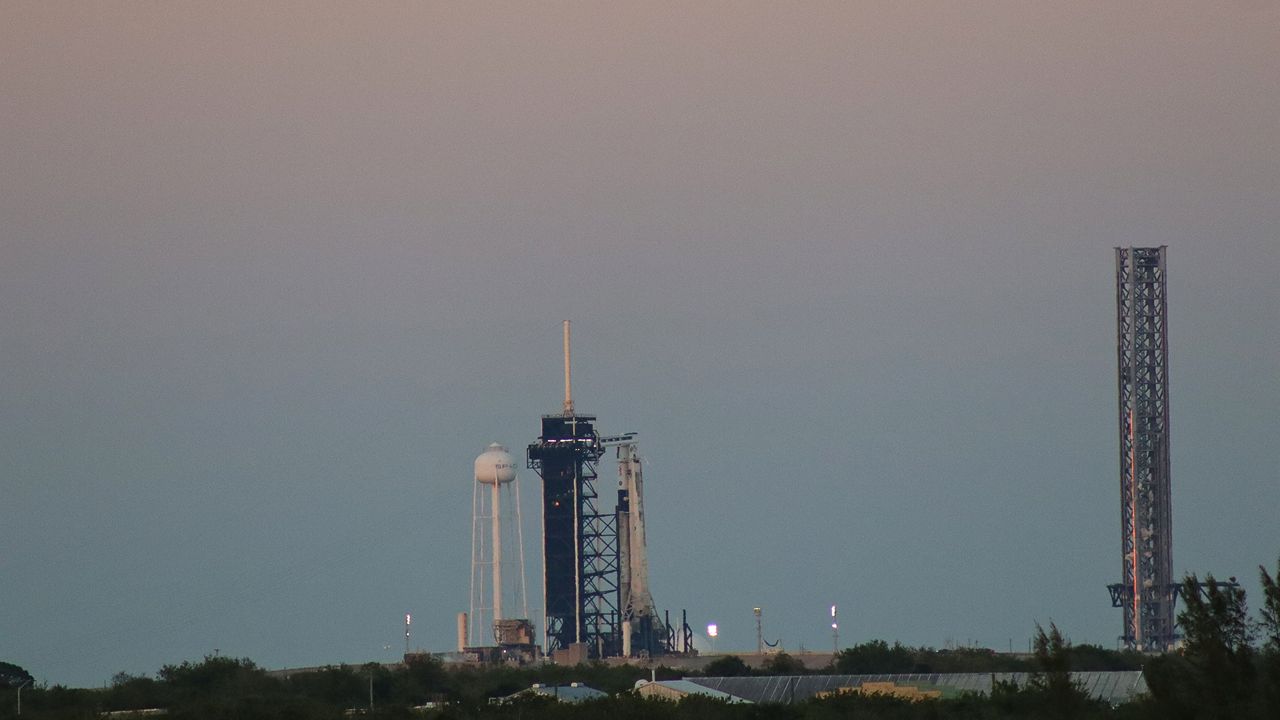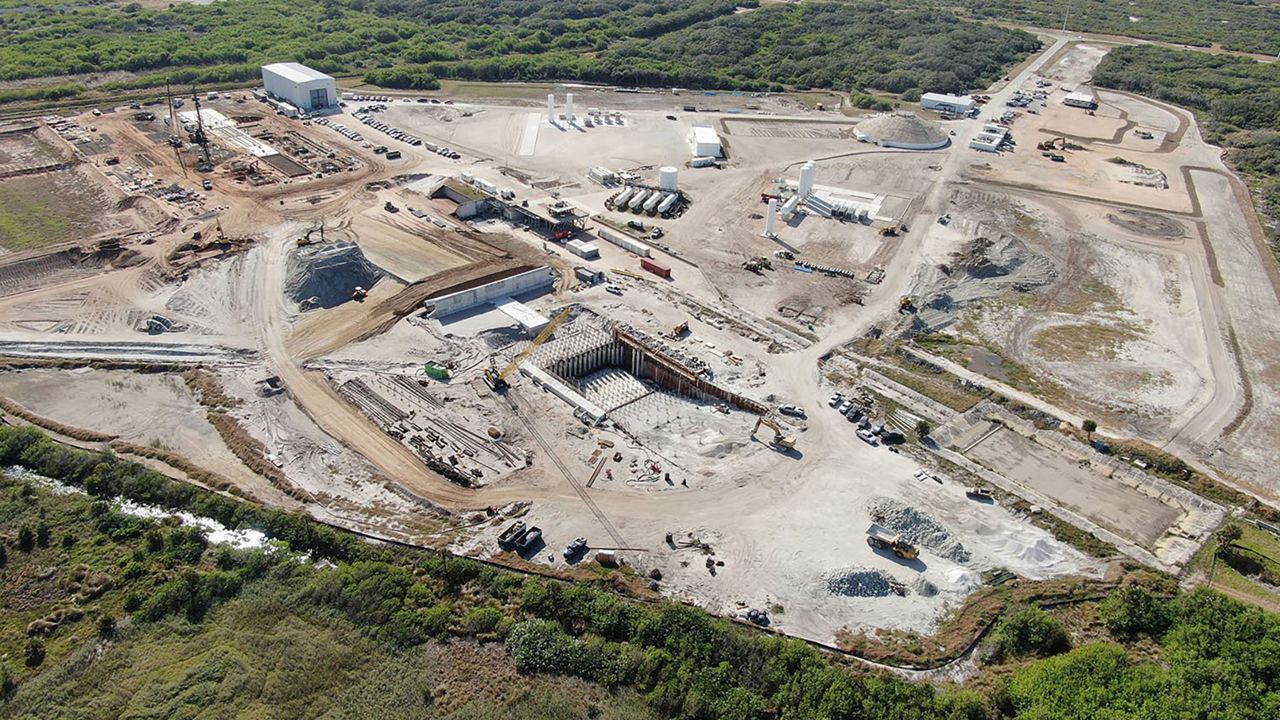CAPE CANAVERAL SPACE FORCE STATION — NASA officials said they have brought more experts in to review the test data before any decision is made to either return two astronauts on Boeing’s problem-troubled Starliner or have them return home on SpaceX’s Dragon capsule.
What You Need To Know
- Boeing’s Starliner spacecraft has been docked on the International Space Station for more than two months
- It is possible that astronauts Barry “Butch” Wilmore and Sunita “Suni” Williams will stay onboard until February 2025
- The Starliner spacecraft has seen various helium leaks and thruster issues
- Get more space coverage here ▶
NASA officials said in a teleconference Wednesday the decision to use the contingency plan to send the Boeing Crew Flight Test mission crewmembers astronauts Cmdr. Barry “Butch” Wilmore and pilot Sunita “Suni” Williams home on the Dragon has not been decided.
Experts from Goddard Space Flight Center and the Jet Propulsion Lab have been called in to look at Starliner’s propulsion system and give their opinions, said Ken Bowersox, associate administrator for NASA’s Space Operations Mission Directorate.
Once recommendations from the experts have been handed in and combined with data from recent tests on the docked Starliner, he said data analysis will be ready for a program board to review sometime next week.
Then the matter will be ready for a flight readiness review sometime the following week.
“We got time available before we bring Starliner home and we want to use that time wisely,” Bowersox said.
NASA’s Office of Safety Chief Russ DeLoach said NASA’s decision to decide which vehicle to use will be based on what the safety review board suggests.
The maiden crewed flight of the Starliner in June has seen some major issues: Five small helium leaks were found in a flange of the Starliner’s service module’s thruster system, which a faulty seal is believed to be the cause.
The other issue is the service module’s five aft reaction control system thrusters that failed as the spacecraft named Calypso approached the International Space Station on Thursday, June 6. One of the thrusters has been turned off for the rest of the mission because it was not functioning correctly.
(Scroll down to view an interactive timeline of events)
As of Wednesday, Wilmore and Williams have been onboard the space station for 70 days, far more than the eight-day minimum mission that they were expecting.
In the last teleconference, the U.S. space agency revealed that it does have a contingency plan to send two crew members of the NASA-SpaceX Crew-9 mission and have Wilmore and Williams joining them for the return of Crew-9 in February 2025.
Originally, the NASA and SpaceX’s Crew-9 mission was going to take off with four crewmembers on Sunday, Aug. 18, 2024. But the new launch date now is no earlier than Tuesday, Sept. 24, with only two people going up.
The U.S. space agency has not yet stated which of the crewmembers from the original roster — NASA’s Zena Cardman, Nick Hague and Stephanie Wilson, and Roscosmos’ cosmonaut Alexander Gorbunov — will be part of the Crew-9 mission.
On Wednesday, Joe Acaba, the chief of NASA’s Mission Assurance, said Williams and Wilmore are prepared mentally and physically for any situation and before the mission took off, they accepted what might happen.
“This mission is a test flight and as Butch and Suni expressed ahead of their launch, they knew this mission might not be perfect. Human space flight is inherently risky and as astronauts, we accept that as part of the job,” he said.
He also reminded reporters who called in the teleconference that the duo each have been on the space station three times in previous missions.
“I do want to put this into perspective: If Butch and Suni do not come home on Starliner and they are kept aboard the station, they will have about eight months in orbit. We have done multiple successful long duration missions, even up to a year. Those missions have given us volumes of data about the effects of long duration space flight that we continue to use in space exploration,” Acaba said.









